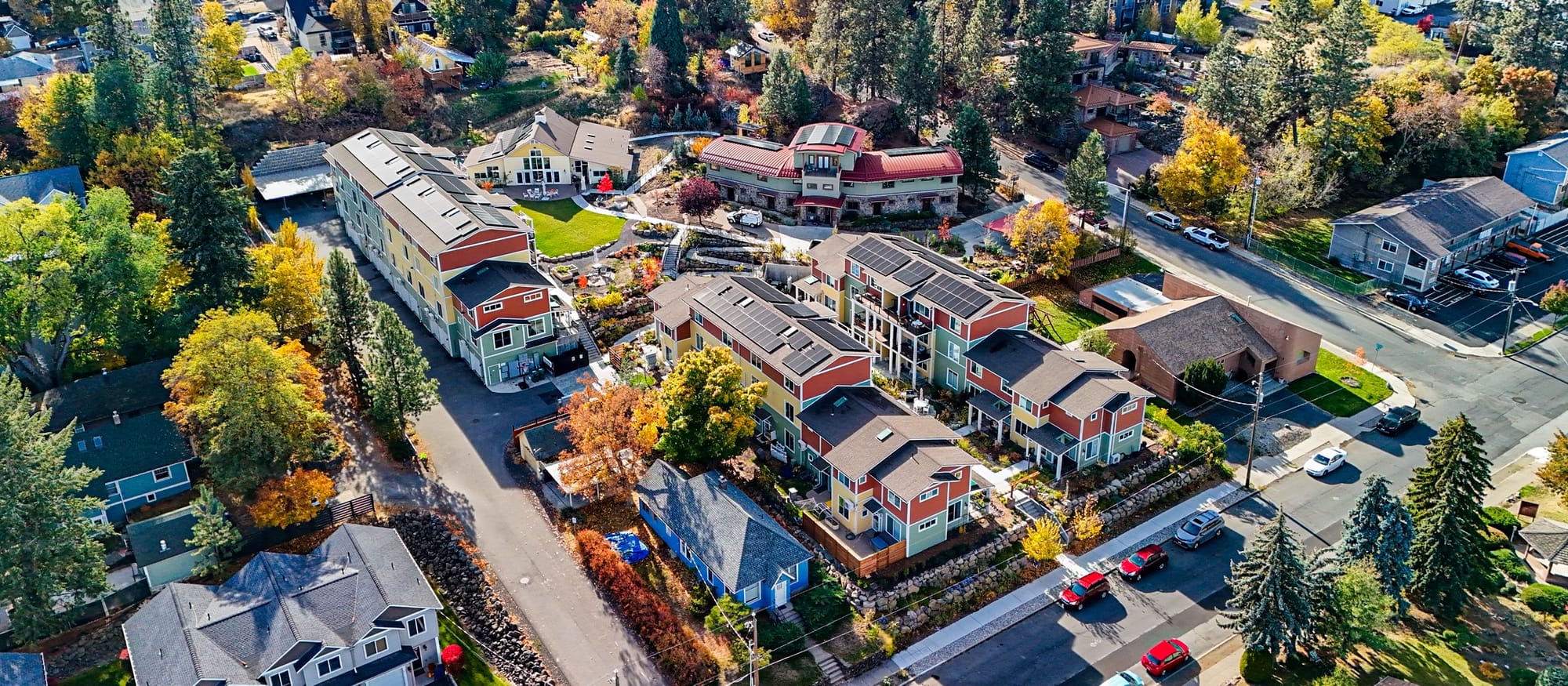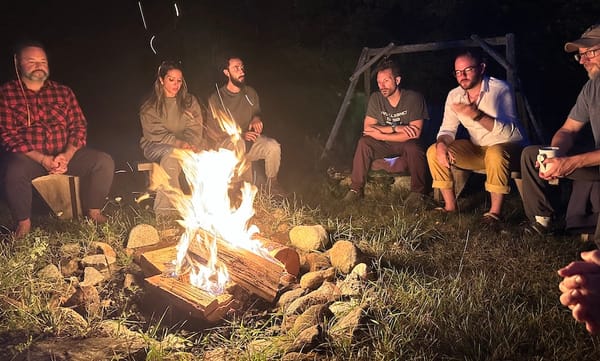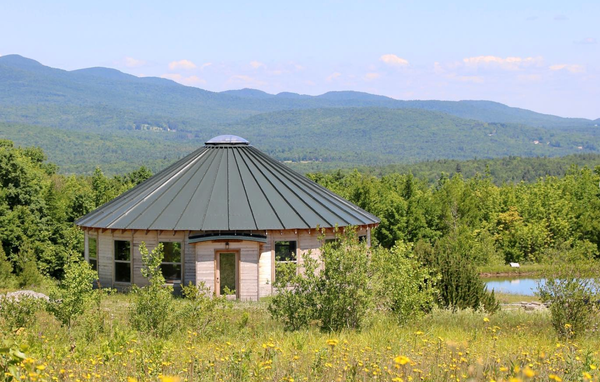Book Reflection: Creating Cohousing
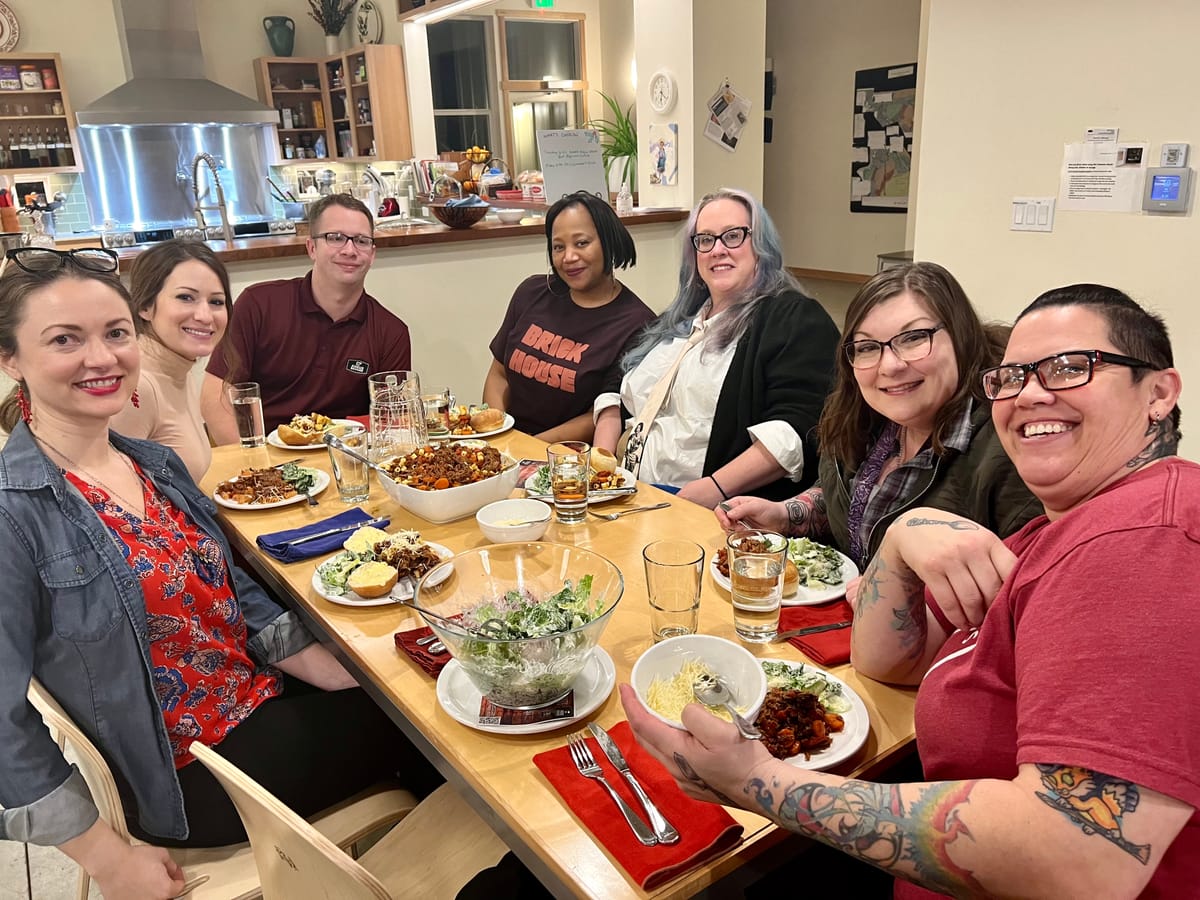
Does this book live up to its reputation as "The Bible of Cohousing"? It was definitely indispensable in helping our community build a shared vision for our future lives together. I thought it would be fun to reflect again on "Creating Cohousing" now that we have four years of the actual lifestyle under our belts.
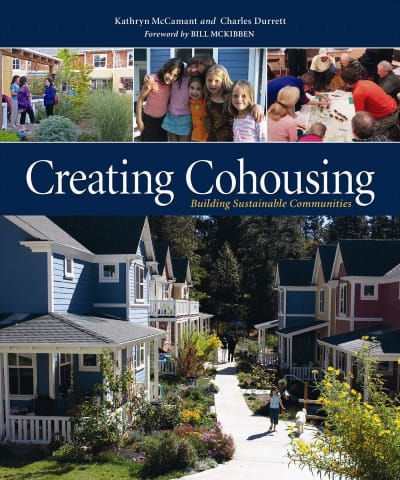
Of all the resources I've read and recommended, Creating Cohousing by Kathryn McCamant and Charles Durrett is the one that more people have actually bought and followed through on exploring than any other. My enthusiasm may be personally responsible for at least a dozen book sales! But let’s be modest, it will take much more than a book to introduce cohousing to the American mainstream. Even regular coverage on NPR doesn't seem to make the topic more widely known. (Gasp, not everyone listens to NPR?!) Most people simply haven't heard that cohousing exists in America, that it is possible to build, and yes, it can and does live up to the hype as a truly wonderful way to share life together.
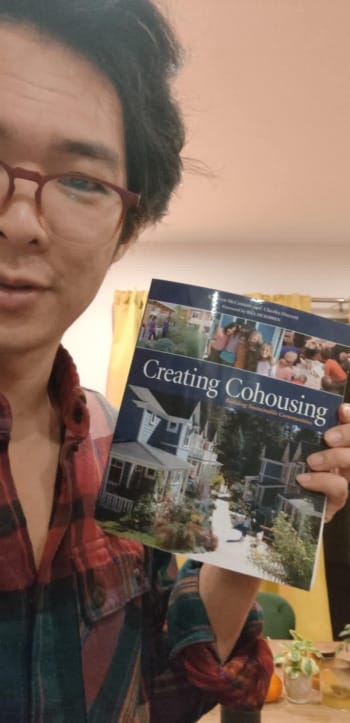
Before you order your copy, know that there are two ways to encounter this work. One is a passive perspective where you see cohousing as a nice idea that some other people have figured out and "good for them." The second lens is an active perspective, where you know that you would seriously benefit from this kind of community in your life, and if others can succeed in creating it then by golly (Dad's voice from the 1950's) why couldn't you and your friends do so as well?!
It is with this latter "can do" orientation that I first paged through this book. Had I fallen into the first category, the descriptions of communities across Europe and North America that make up the bulk of the publication wouldn’t have been as tantalizing. Even if you aren’t committed to building cohousing in your own life, I recommend pretending as if you were so you can enjoy the book more than you would from a passive stance. It is the difference between watching cars whiz by on the freeway and personally designing your own custom vehicle that you can ride wherever you want to. Life is more fun in the driver's seat, so try it on!
When imagining a new lifestyle seeing is believing, and so the book is chock full of pictures of efficient site plans, cozy common houses and gaggles of thrilled children. At first it seems like these photos must be a "highlights reel." Wouldn't we all put our best foot forward for publication? But don't commit the "social media presentation fallacy" here. I can attest that not only are all the idyllic photo ops true to form, but the real life cohousing existence far surpasses what can be caught on camera. You can get a sense for this yourself on Haystack Height's Instagram page, but we tend to keep the best moments to ourselves. Photos with kids in them are generally kept private and many cohousers are weary of digital identification in any form. Things that look like "best of" photo ops become everyday in such a village. Yes, community life can actually be this good!
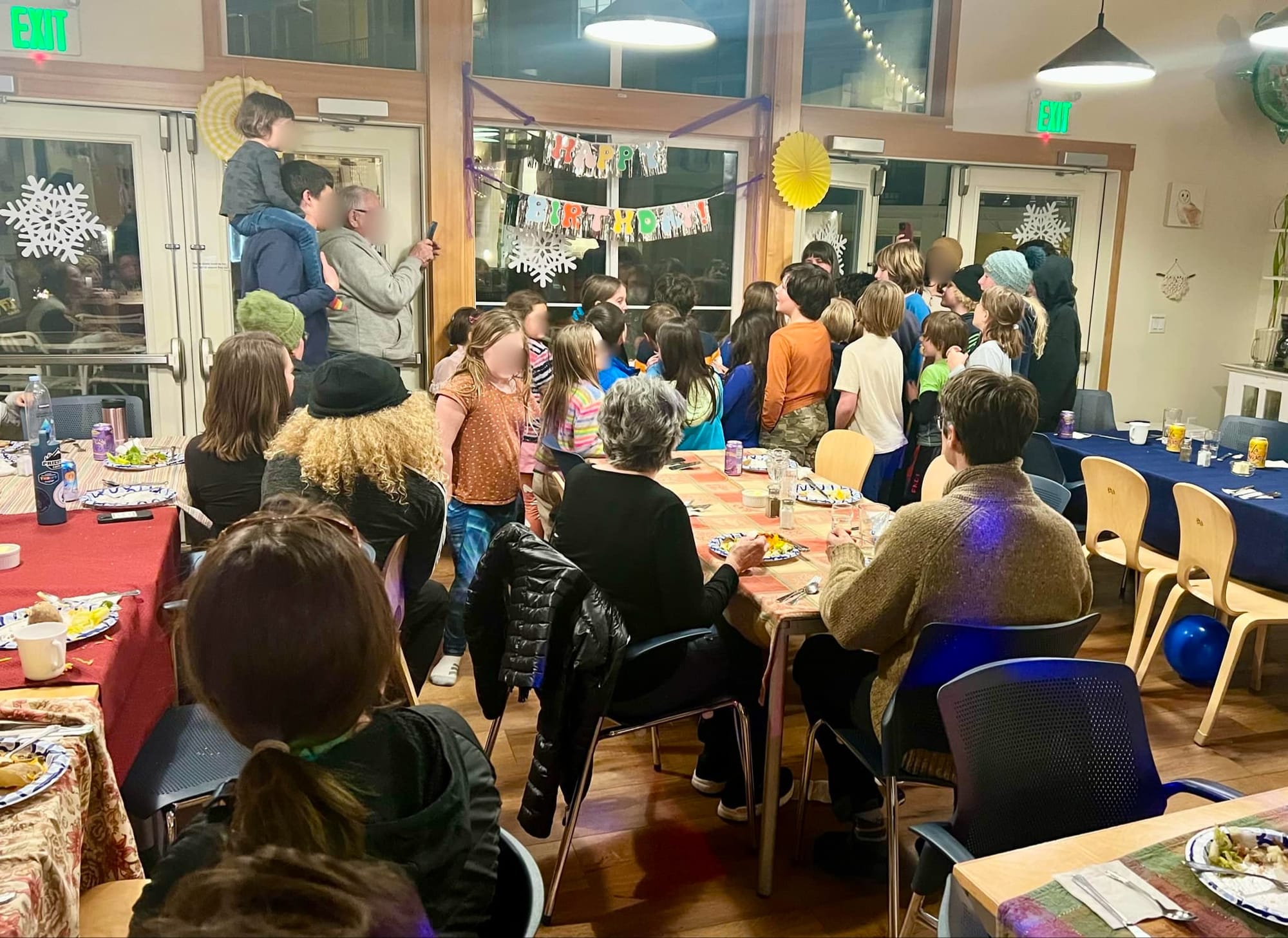
The nuts and bolts of building cohousing start in earnest on page 215, but don't let this process diagram maze intimidate you! The first rule of cohousing is to humble yourself to work with professionals who actually have experience getting neighborhoods built so you can focus on what only you can do: be the best community member you can be.
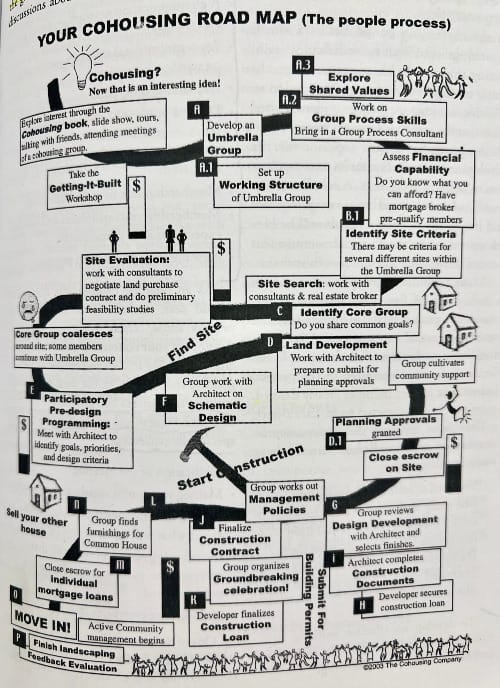
Whether that is a development partner, process consultant or both, communities across the country have an impressively high success rate after acquiring property and equipping themselves with the proper professional support. With guidance, you can rest assured that you are addressing issues in the correct order and will be most likely to avoid costly mistakes. Everything in this section of the book turned out to be spot on in our experience. There was no way to predict a 40% increase in construction market costs, but while terrifying, this turn of events actually forced us into a more urban concept that ended up being a way better design result that was still financially possible for all involved.
One thing not mentioned was the experience of just how expansive the collective design process felt to undergo. Efficient, effective, empowering? Yes, but also expansive. We are so habituated to expect conflict in meetings and to come from a scarcity mindset that the idea of coming to consensus on concrete things like site and floor plans seems daunting at first. Yet in every design workshop everyone's wildest dreams for how they'd like to live in their future space were sincerely written down and duly considered in the process. At the end we were shocked at how the group could discover creative solutions to serious challenges, and how it felt like 90% of our most ambitious wants could be accommodated in the final versions of our designs. Where ideas didn't work out there were good reasons that people were brought along with, and many were surprised to experience the degree to which their future neighbors desires and dreams could alter their own initial personal preferences.
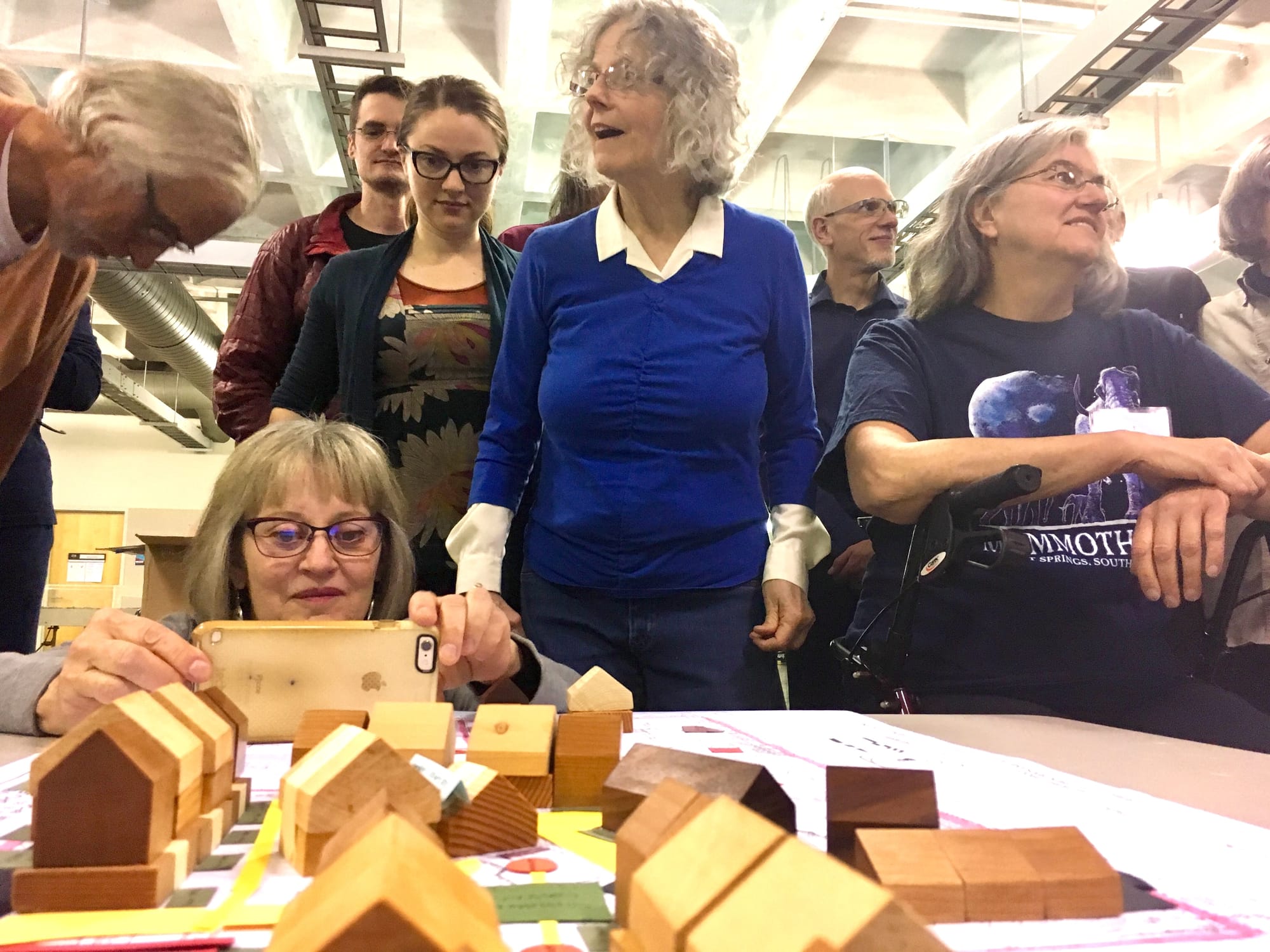
The design section of the book takes you through a variety of different types of communities, showing the broad diversity of the cohousing form. Then you are introduced to a recommended sequence of topics to address in the design process itself (Steps E and F above), namely, starting with your site plan, then creating your common house, then finally finishing with private floor plans. This helps chronic single-home dwellers get used to the idea that they will have access to many resources and features that they no longer need to duplicate in their private spaces. As we went through the workshops we could feel our brains stretching and our imaginations take flight. It was inspiring to watch people who had lived one way their entire lives courageously let go of how they thought things had to be. No one can tell you how liberating this sort of collective experience is. Which is a bittersweet love because this kind of exercise in autonomy is all too rare in our culture.
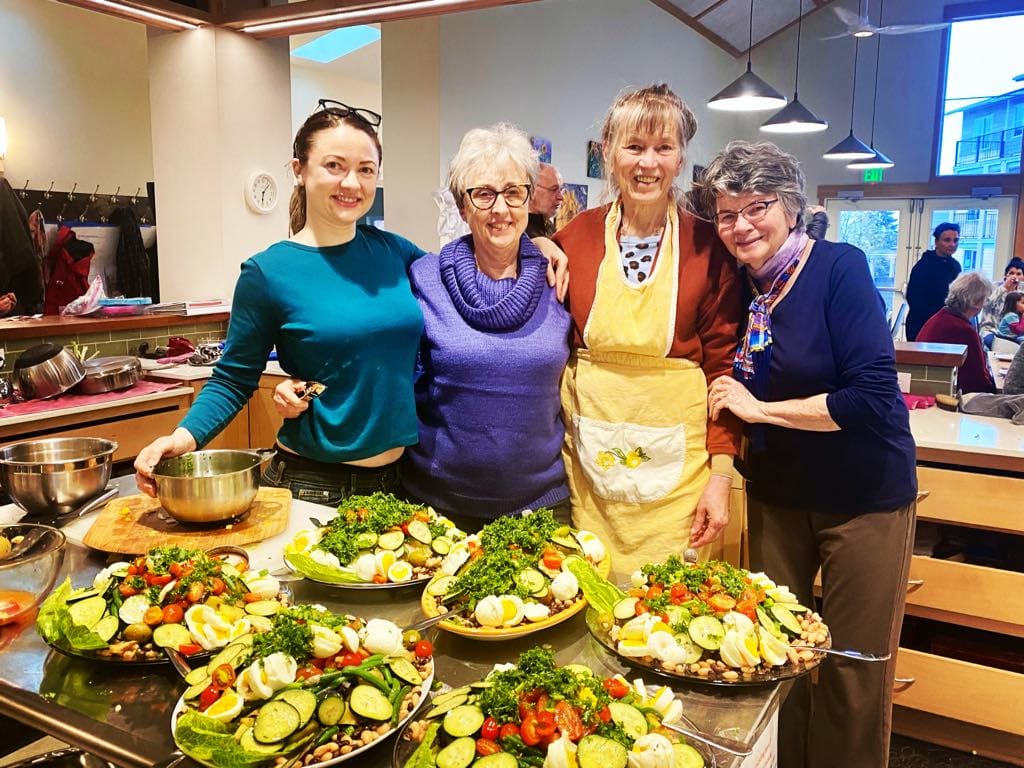
Creating Cohousing closes with an exploration of the common environmental gains that are embedded in the cohousing model, and a comment on the legacy of the lifestyle in our wider culture today. The imperative of common meals are hit home, but the authors stop short of waxing poetic about the sense of accomplishment you personally feel when you've just fed forty friends. It's right up there with your first kiss and smelling babies - definitely one of life's little peak experiences! It is common for people in cohousing to exclaim that they don't understand anymore how so many live without it.
-Creating Cohousing, Page 303
So yes, this comprehensive cohousing manual is an excellent overview of how to enrich your domestic life for good. It doesn't go into depth on the personal transformations that people are likely to experience while undergoing this process, but without "getting it built" first, the juicy psychological stuff doesn't follow. I look forward to sharing stories about these kinds of experiences in the future, but for now I encourage you to dare to begin to dream this delightful little dream with your family and friends.
